I got this Klarus P1C flashlight from LightCastle and it took 3-4 weeks for shipping. Quite fast because sometimes it took more than 1 month to receive order(s) from other Chinese online store.
This is a great EDC flashlight powered by one CR123 battery and has 245 lumens on maximum output.
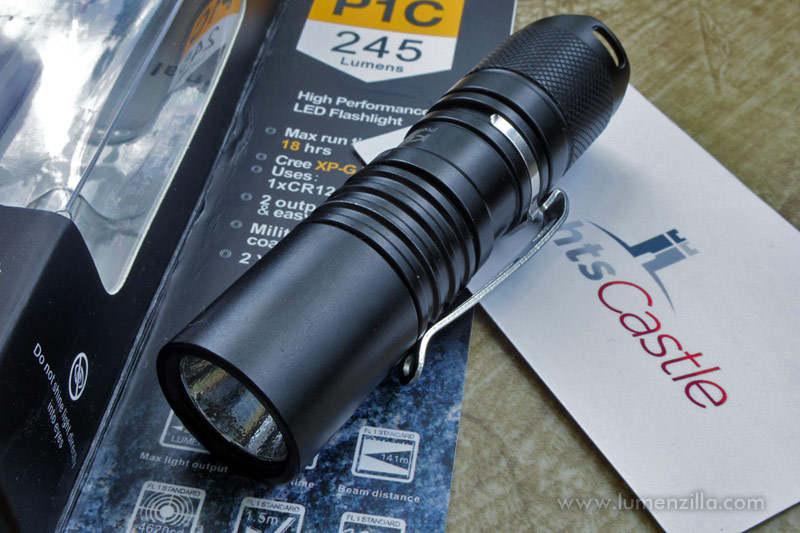
Flashlight Specification:
- LED: CREE XP-G R5
- Battery: 1x CR123A
- Switch: Forward clicky for On/Off, twist for changing mode
- Mode: Two, 20 lumens on low and 245 on high
- Dimension: 89mm (Length), 23mm (Head), 22.6mm (Body)
- Weight: 54g (without battery)
- Reflector: Orange peel to provide a smooth, flawless beam.
- Lens: Toughened, ultra clear glass
First Impression:
After receiving this flashlight, I realized that it requires primary CR123 (3 Volt). But as other “modern flashlights” do, I found that it also accepts RCR123/16340 (3.7 V). Of course it get hot quicker when using RCR123.
Klarus P1C using orange peel reflector, resulting a smooth and flawless beam. Suitable for close distance and still deliver enough light for medium distance. You can expect pictures of beamshot at the bottom part of this article.
Dimension:
Klarus P1C dimension is pretty compact and suitable for EDC. A little too long for my pocket carry, I wish they also provide holster on the package.
Here’s size comparison to 4Seven’s Quark Mini 123 and Novatac 120T:
The light consisted of three parts (head, body, switch), here they are disassembled:
It has nice spring on the switch and reverse polarity protection on the head. No spring on the head:
As an EDC flashlight, Klarus P1C has perfect size to be hold by hand. Here are my various ways of holding the flashlight at any occasions.
Normal grip:
Reverse grip:
Even using syringe technique:
Unfortunately, the clip is a bit too strong pushing the body. It scratches some tiny part of the body.
And now we’re on the most favorite part of flashlight testing, beamshot pictures! Here I took four sessions for beamshot photo shoot. Booth indoor and outdoor are using two different types of battery, primary (CR123) and rechargeable (RCR123).
Indoor/Wall Beamshots
Distance from flashlight and camera to the wall was about 2 meters. Manual exposure, 1/3 sec, f/8.0, ISO 125.
Outdoor Beamshots:
Distance from flashlight and camera to the banana tree was about 15 meters. Manual exposure, 1 sec, f/2, ISO 125.
As you can see on the pictures above, RCR123 (rechargeable) gave more juices on Klarus P1C. Although the manufacturer suggests using primary battery, but I don’t feel any excessive heat when using Klarus P1C with rechargeable battery.
Conclusion:
This is a great EDC flashlight with decent body build. Having only two brightness levels is an advantage for those who avoid hassle on their flashlight. Too bad, the low mode is too bright and would irritate some firefly mode-lover.
Pros:
- Small and bright
- Handy for EDC, perfect for close or medium distance (even little further up to 25 meters away)
- Decent body quality, spring contact etc.
- Forward clicky for instant activation
- Simple UI. Tighten head for high, loosen for low.
Cons:
- Low mode is too bright. The specification said that low mode is 20 lumens, but I think it’s over 150 lumens. See beamshot pictures above.
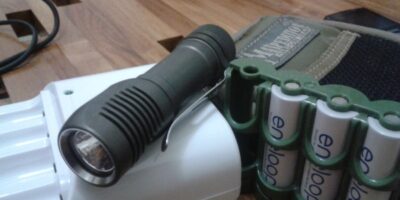

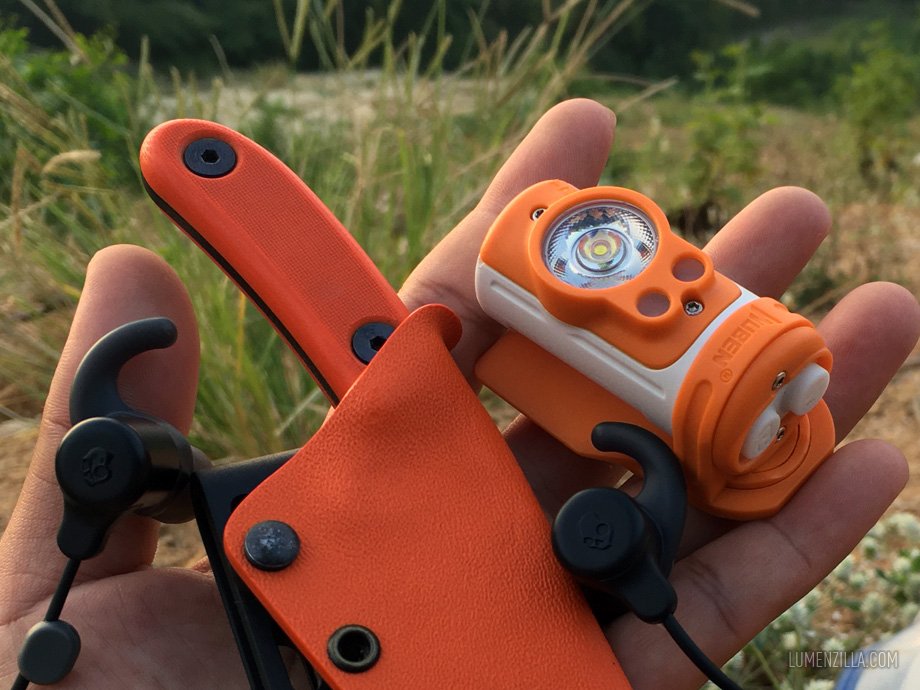
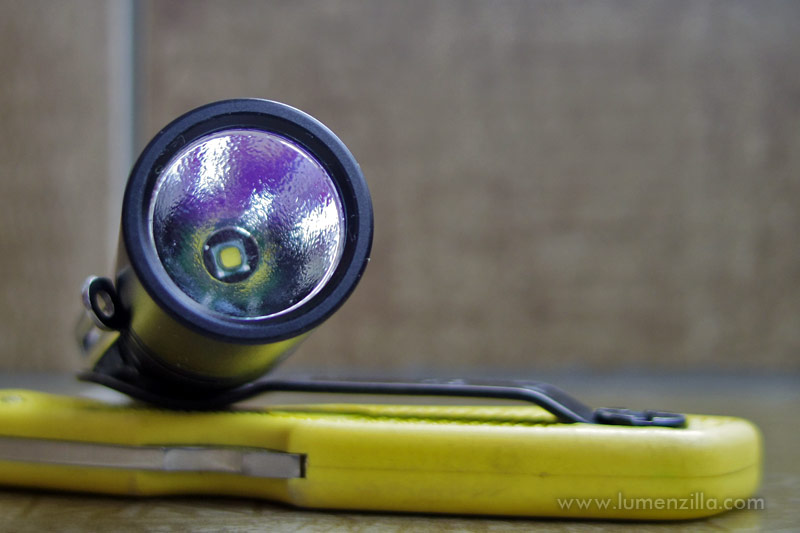
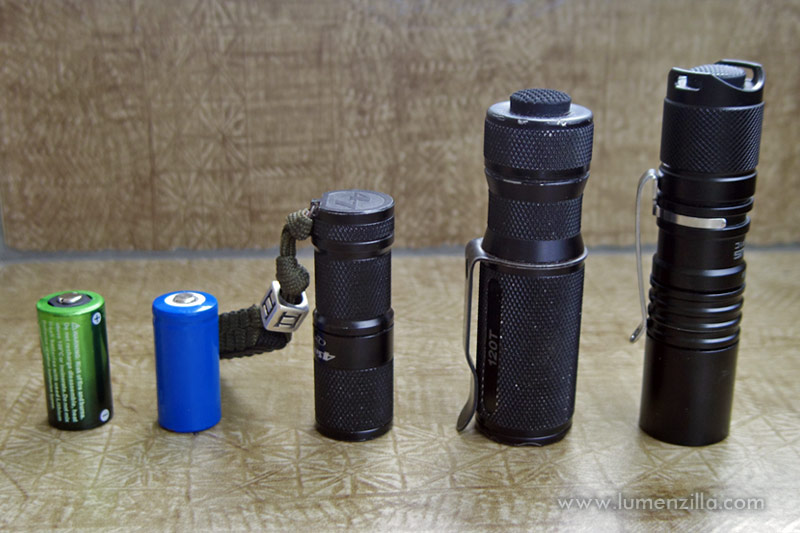
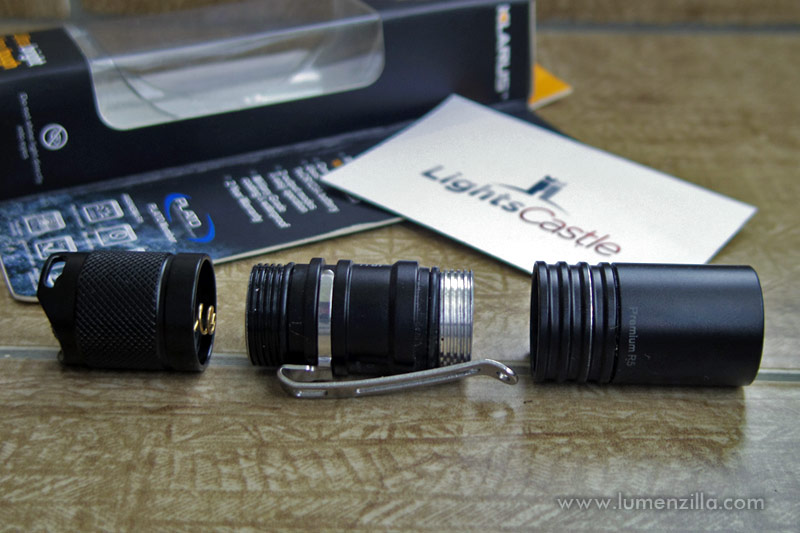
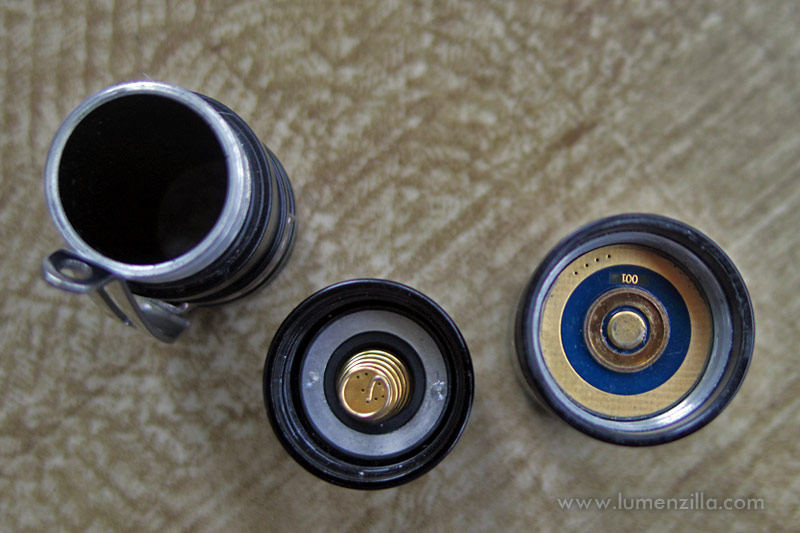
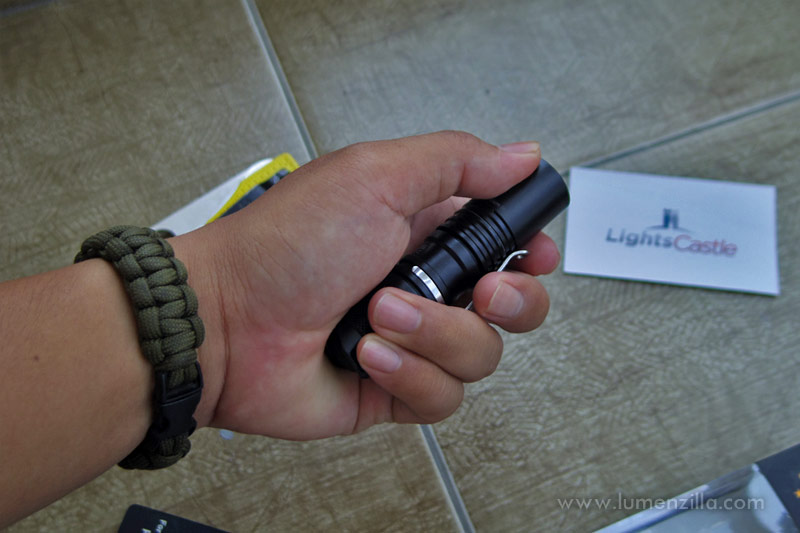
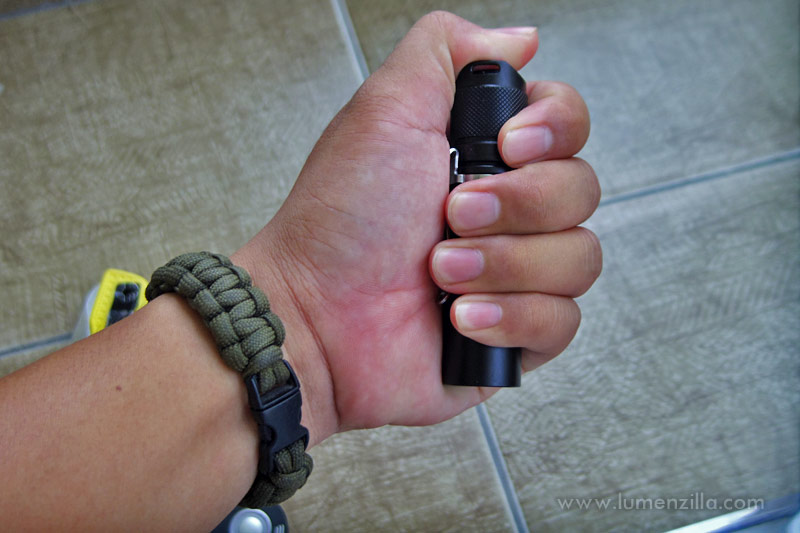
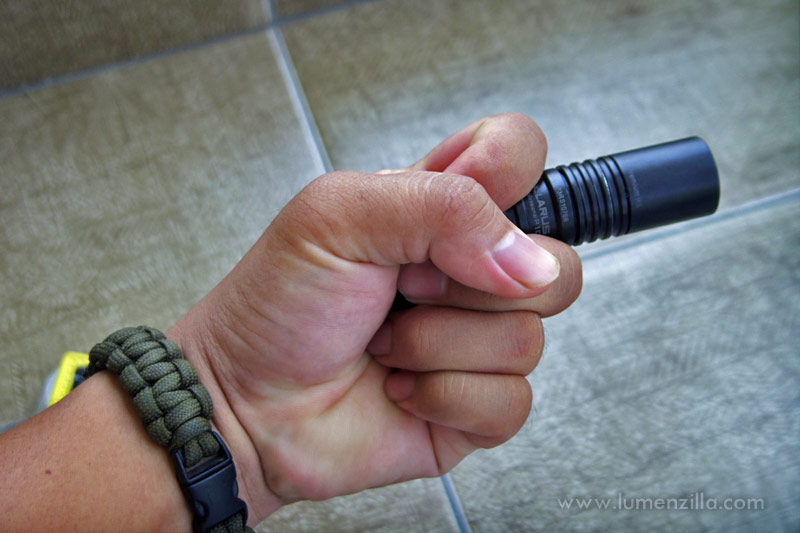
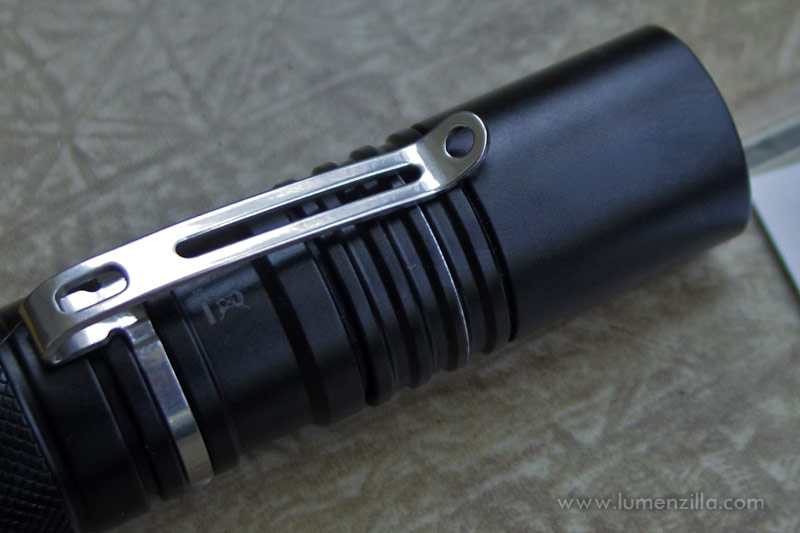
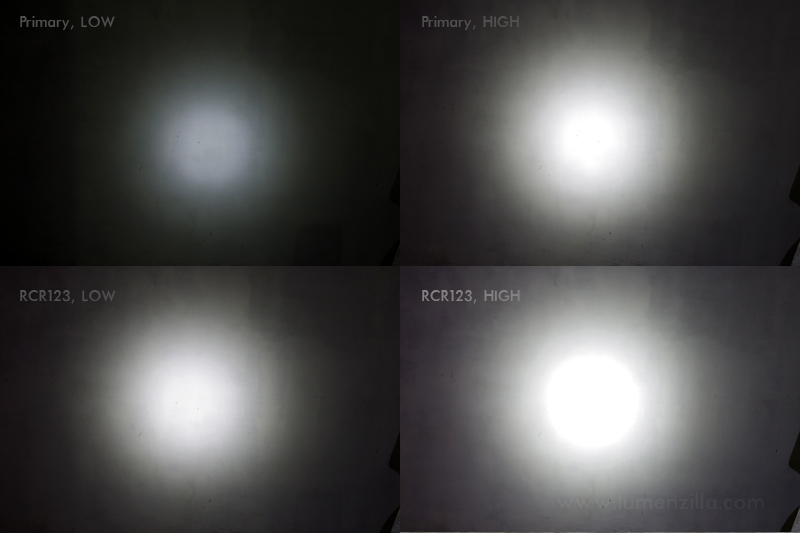
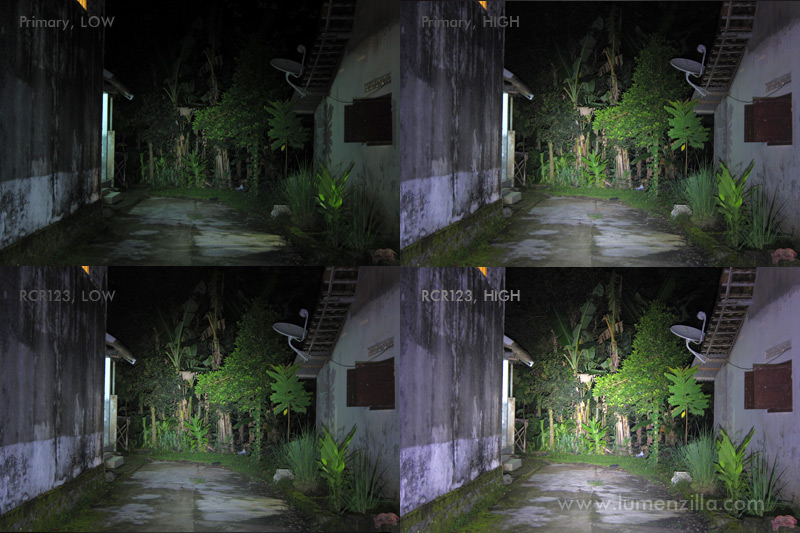


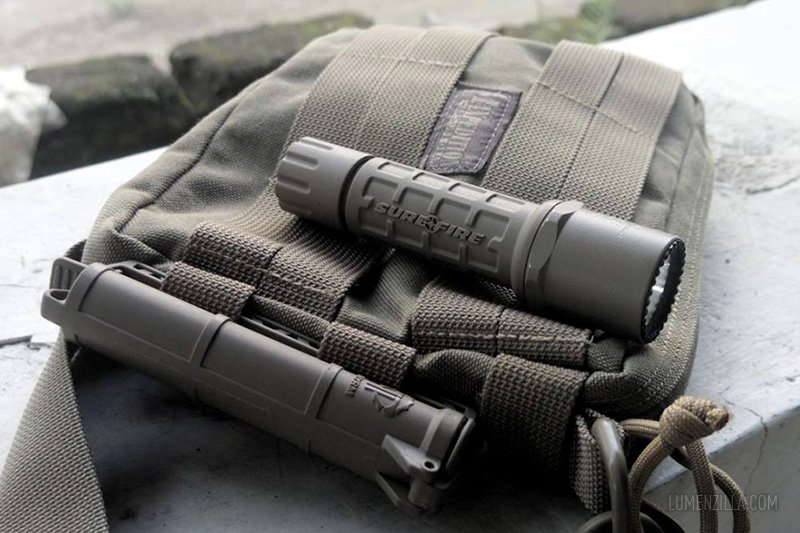

Leave a Reply